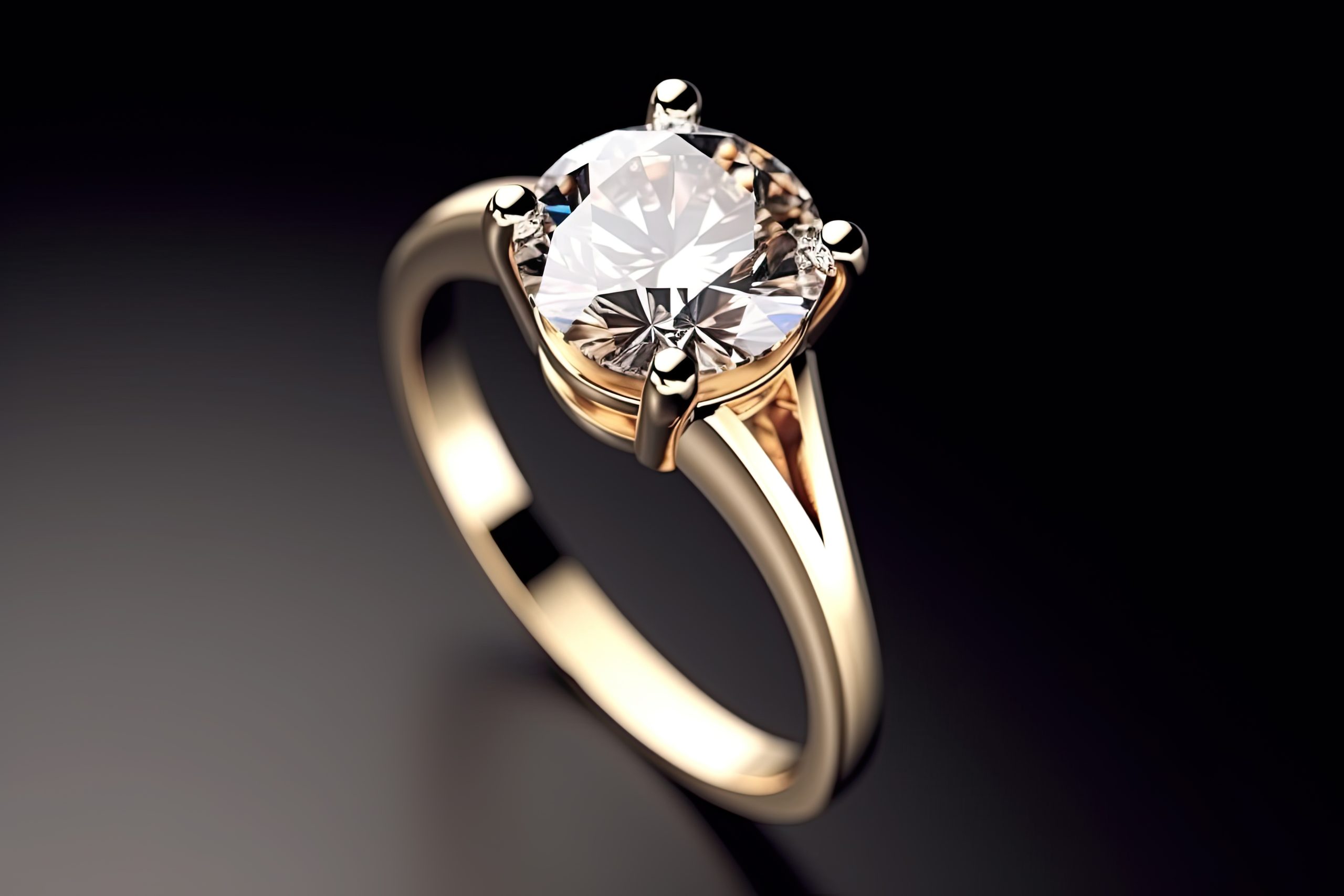The Sparkle Spectrum: Understanding The Color Grades Of Diamond Engagement Rings

Are you thinking of buying a diamond engagement ring? You’re not just choosing a gem, but a spectrum of colors, each with its unique charm. Surprisingly, the hue of a diamond plays a crucial role in its allure.
While a diamond’s sparkle first catches the eye, its color adds depth and character. A diamond’s shade can either enhance its brilliance or detract from its purity. As we explore the range of diamond colors, the importance of understanding these grades becomes increasingly evident.
The Basics Of Diamond Color
Diamonds are often associated with a stunning sparkle. However, beneath this dazzling display lies a subtle range of colors that contributes to each diamond’s unique personality. The color variation can be influenced by factors such as nitrogen presence, structural anomalies, and even external conditions during its formation.
For those unfamiliar with diamond grading, examining Diamond On Richmond’s range of diamond engagement rings provides a practical introduction. This collection showcases the diversity in diamond colors, helping potential buyers appreciate the nuances in real-life settings.
In the context of diamonds, ‘color’ refers to the gem’s degree of colorlessness or clarity. This significantly influences a diamond’s value and desirability. The more colorless the diamond, the more light it reflects, thereby enhancing its sparkle.
Now that we’ve gained a better understanding of the fundamentals of diamond color, let’s examine the complexities of color grades.
Exploring The Color Spectrum
The Gemological Institute of America (GIA) is a recognized authority in diamonds. They’ve established a D-to-Z color grading scale, which is universally acknowledged for its precision.
Starting with ‘D’ for the most colorless diamonds and ending at ‘Z’ for those with distinct hues, this scale provides a structured way to categorize a diamond’s color.
Here’s a breakdown of the various color grades:
– D-F (Colorless Diamonds): These diamonds are the epitome of purity, being virtually free of any color. Their untouched nature allows them to reflect light superbly, offering unmatched brilliance. When shopping, they’re the go-to for those aiming for the peak of quality, though they come with a premium price.
– G-J (Near-Colorless Diamonds): While experts might detect the slightest hint of color, to most eyes, they present as colorless. Striking a balance between quality and value, they’ve become a favored pick for many. They’re a reasonable choice for those who yearn for a radiant diamond without over-the-top expenditure.
– K-M (Faint Color Diamonds): These diamonds give off a slight, often warmer, yellowish hue. This tinge of color lends them a nostalgic air, adding to their charm. When purchasing, they shine brightest in settings that play up their unique tone, like those in yellow gold.
– N-R (Very Light Color Diamonds): Possessing a clearer shade that veers toward yellow or brown, these diamonds have a charm all their own. Though not the traditional pick for engagement rings, their affordability and size can make them attractive. They’re especially suited for pieces where the diamond’s size is the focal point.
– S-Z (Light Color Diamonds): Diamonds in this range wear their color proudly, making them easy to spot. For those seeking a departure from the norm, these diamonds offer a unique appeal. If you’re in the market for something that stands out and resonates with the diamond’s distinct shade, this range might just be for you.
With this understanding of diamond hues and their qualities, you’re better equipped to make informed decisions.
Tips For Choosing The Right Diamond Color Grade
Selecting the perfect diamond color grade need not be overwhelming. Here are four tips to guide your choice:
– Know Your Setting: The ring’s metal can enhance or diminish a diamond’s color. Colorless diamonds shine best in white gold or platinum, while warmer tones complement yellow or rose gold.
– Balance With Clarity: Color is vital, but clarity matters too. A slightly colored diamond with top-notch clarity can sometimes outshine a colorless one with flaws.
– Trust Your Eyes: Grading scales are beneficial, but personal perception is invaluable. Choose what feels and looks right to you, regardless of the grade.
– Budget Wisely: Diamonds in the G-J range strike a balance between beauty and value. They offer near-colorless allure without the premium price tag of the D-F range.
Remember these insights as you choose a diamond that aligns perfectly with your preferences and budget.
Final Thoughts
Making a choice as significant as selecting a diamond engagement ring requires both knowledge and intuition. As with any matter of the heart, it’s a balance between what you know and what you feel. While understanding color grades certainly helps, the final choice should resonate with your personal tastes and the emotions you wish to convey.
Choosing the perfect diamond isn’t just a purchase; it’s a declaration of love, commitment, and the unique connection between two people. With the guidance provided here, you’re well on your way to making a choice that will be treasured for a lifetime.

